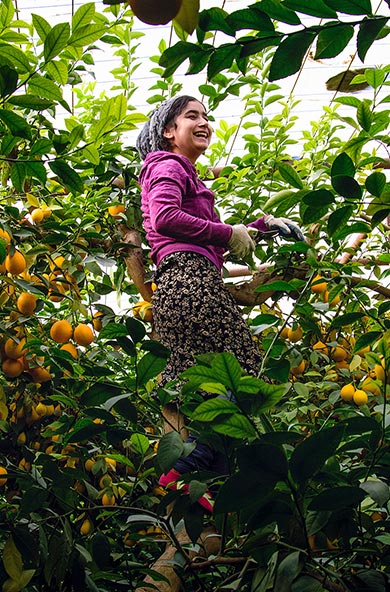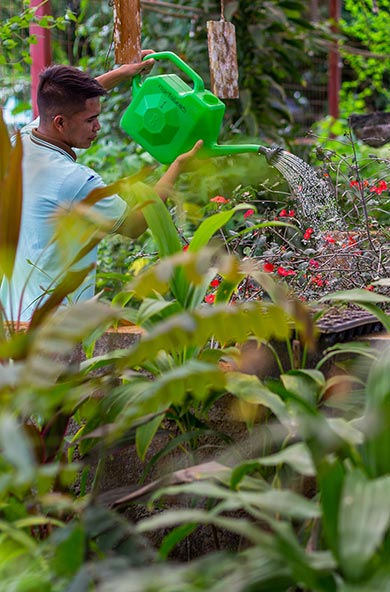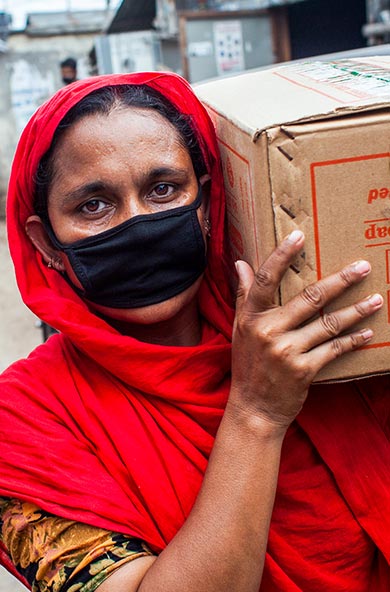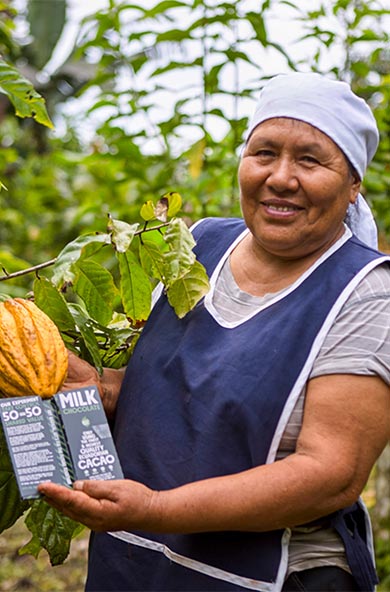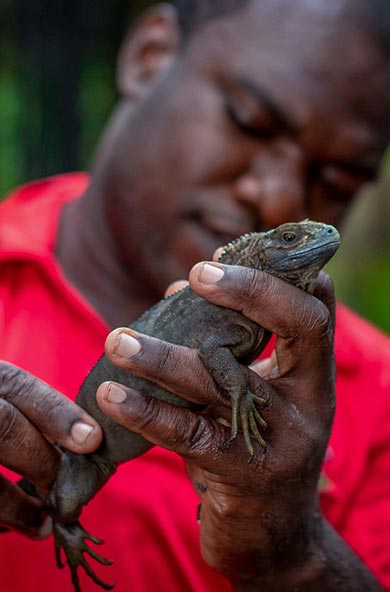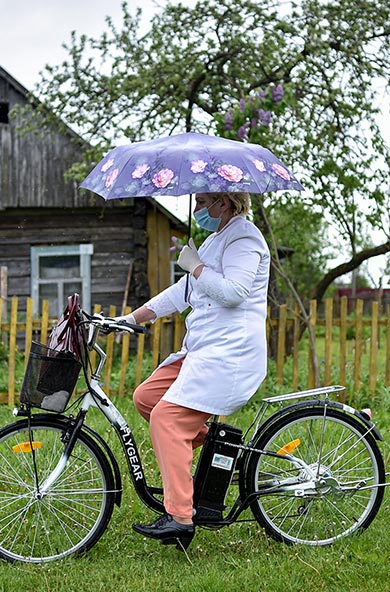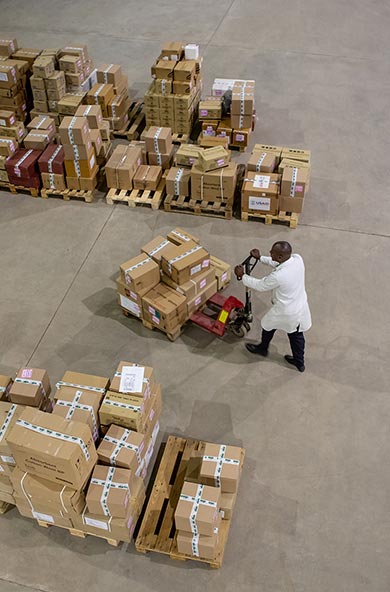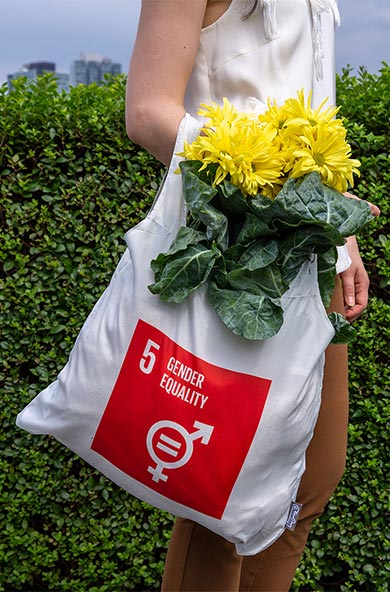NAMA: Climate-Smart Dairy Livestock Value Chains in Uganda
English
DownloadNAMA: Climate-Smart Dairy Livestock Value Chains in Uganda
August 21, 2017
The Ministry of Agriculture, Animal Industry and Fisheries (MAAIF) of Uganda and UNDP have issued the Nationally Appropriate Mitigation Action on 'Climate-Smart Dairy Livestock Value Chains in Uganda'.
The objective of this NAMA is to trigger resilient low-carbon development in the dairy sector through the introduction of climate-smart agricultural practices and to bring the dairy production sector of Uganda onto a low carbon and more resilient path. The NAMA focuses on a set of interventions and measures related to policy development, technical assistance, and access to finance that will be integrated within sustainable commercial oriented investment activities that contribute to enhanced agriculture productivity, climate change mitigation and adaptation, improved food security, and increased incomes.
Climate-smart agriculture in the dairy sector combines three objectives, namely, (i) sustainably increasing agricultural milk productivity and incomes; (ii) adapting and building resilience to climate change along the milk production value chain; and (iii) reducing greenhouse gas emissions. Mitigation measures which will be considered under climate-smart resilient agriculture are those that reduce emissions from enteric fermentation and animal manure management.
The technical assistance will be channeled through the MAAIF, the NAMA Implementer. The NAMA Implementer will provide the necessary training, capacity-building, and awareness-raising to key stakeholders such as cooperatives in a train-the-trainers approach to allow for scale and replicability of the NAMA interventions. Farmers’ organizations, cooperatives, or groups will be provided with the knowledge and skills to train the individual participating farmers of the NAMA. This will be a train-the-trainers activity for proper feeding strategies, use of quality feeds, diet manipulation, and use of hay, among others. The organizations, cooperatives, or groups will be tasked to disseminate awareness to farmers about the economic benefits of participating in the NAMA.

 Locations
Locations